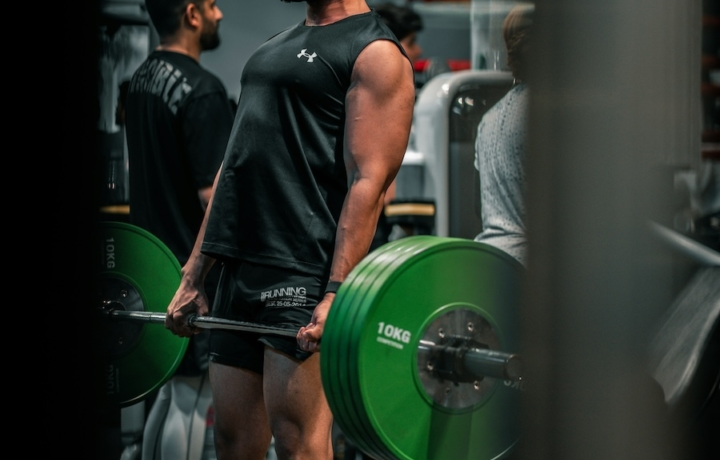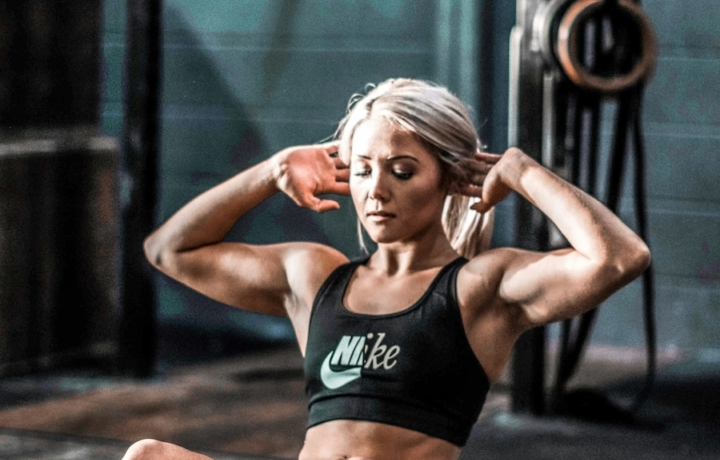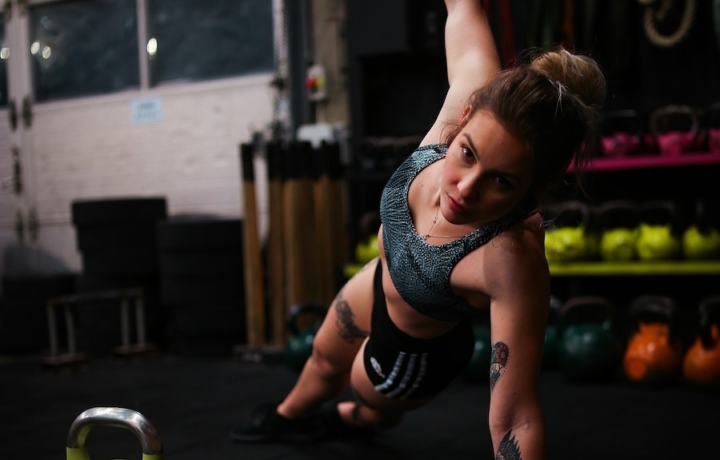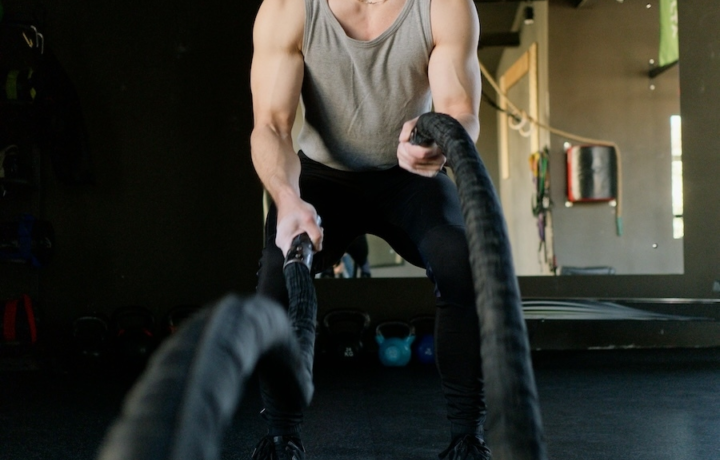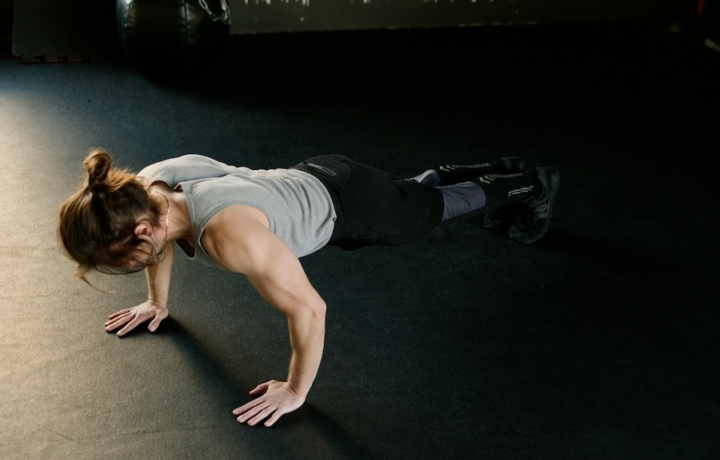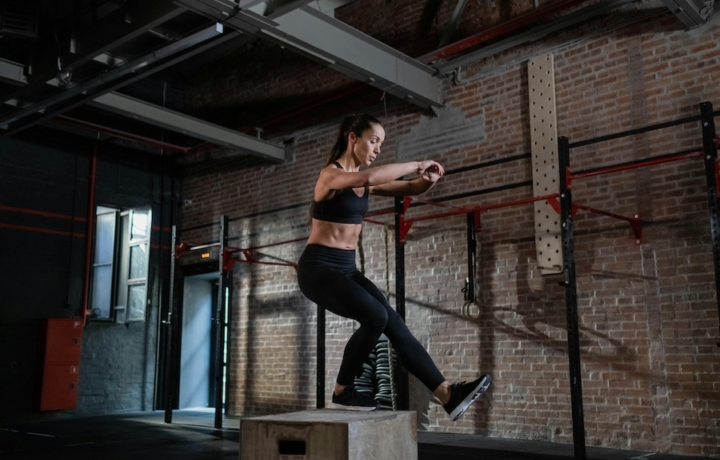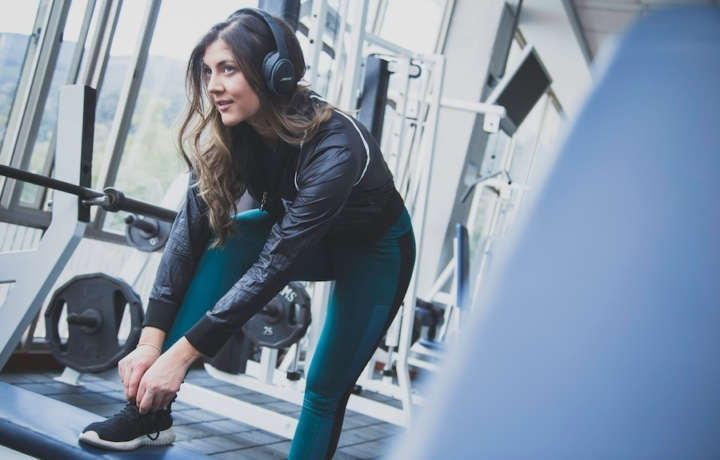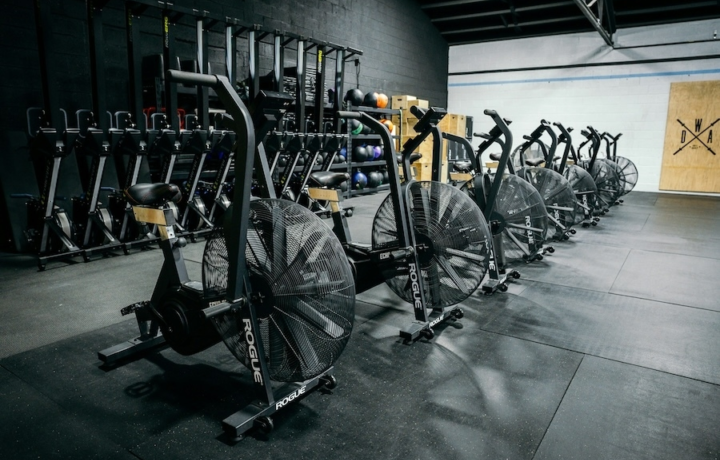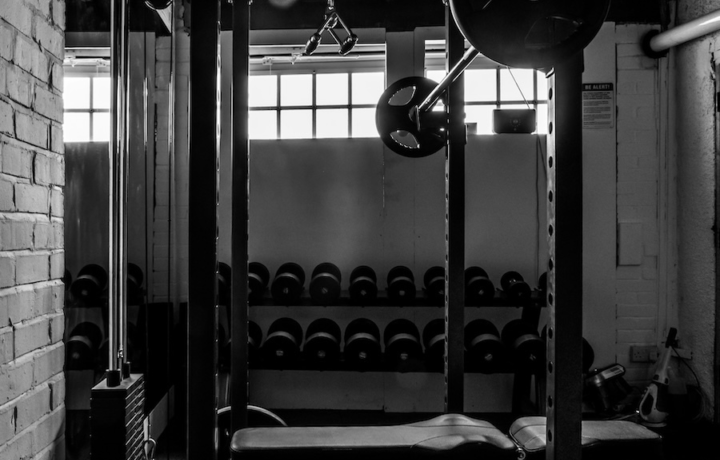Stability, control and power from the center outs
Core
A strong core does more than carve out visible abs: it stabilizes your spine, powers your movements, and prevents injury. Whether you’re lifting, sprinting, or holding a plank, your core keeps everything connected. This section explains what the core really is, why it matters, and the key terms you’ll hear in training plans and coaching cues.
FAQ (6)
Core training improves posture, balance, and stability while helping protect your spine and reducing the risk of injury in other activities.
A focused core session typically takes 15–30 minutes, depending on your fitness level and the number of exercises included.
No — many effective core exercises use just your bodyweight. However, equipment like ab wheels, resistance bands, and cable machines can add intensity and progression. The best approach is to start with bodyweight control, then add tools to challenge movement and increase resistance.
Core strength refers to your ability to generate force through core muscles, while core stability is about controlling and resisting movement — especially under load or during motion. Both are important. Training for both improves posture, power transfer, and injury resilience.
You can train your core 2–4 times per week. The core recovers quickly and benefits from frequent, lower-volume sessions. It’s often more effective to include core work as part of a warm-up, finisher, or integrated into strength routines, rather than relying on occasional long ab sessions.
Some of the best core exercises include planks, hanging leg raises, ab rollouts, and cable chops. These target multiple core functions — from anti-extension to rotation control — and work deep stabilizing muscles alongside surface-level ones. Variety is key to avoid plateaus and build a balanced, functional core.
Definitions
While not part of the core directly, this refers to the muscles along the back of your body — glutes, hamstrings, and spinal erectors — that often work with the core to stabilize and generate force. A well-balanced core includes coordination with the posterior chain.
A type of core training focused on resisting twisting forces. It builds real-world core strength and stability — especially useful in sports and functional movement. Common anti-rotation exercises include Pallof presses and suitcase carries.
The deepest core muscle, wrapping around your torso like a corset. It’s essential for stability and spinal support. Activating the TVA improves everything from posture to lifting technique.
Engaging your core muscles (especially your transverse abdominis and obliques) to create internal pressure and protect your spine during heavy lifts or explosive movement. Think of it as “tightening your core” — often used in strength training.
The ability to resist unwanted movement through your spine and pelvis. Core stability protects your lower back, improves posture, and supports better lifting mechanics. It’s trained through exercises like planks, carries, and anti-rotation work.










